The Slim And Stylish Roborock Saros 10R Robovac Is The New King Of Furniture Navigation In My House
Contents

Roborock Saros 10R
The Roborock Saros 10R is instantly one of the best robot vacuums we’ve tested. Updated, AI-powered navigation sensors provide very accurate mapping and routing, while the slim design means it can get under furniture that the competition can’t. Solid suction power and auto-removable mop heads make for a better clean, and the FlexiLift can clear 4cm thresholds with ease. Efficient, quiet, and reliable, the Saros 10R is expensive, but it’s an elite bot.
I owe Roborock a tiny bit of an apology. Based on my past experience with pre-LiDAR robot vacuums, I assumed the worst when they told me the brand new Saros 10R lacks a 360-degree LiDAR turret on top of the device, as we see with most top-end bots. Surely this thing would just run into walls and wreak havoc across my home? I was wrong. Roborock’s AI-powered StarSight Autonomous System 2.0 offers some of the best navigation I’ve seen, and the lack of the turret means this ultra-premium robot vac is Roborock’s thinnest yet, with a height of just 3.14-inches.
The Saros 10R is doing a wonderful job at cleaning my floors, it navigates as well as any bot out there, it has enough suction power to get the dirt, and the mop heads are managed second to none on the market today.
What is Saros?
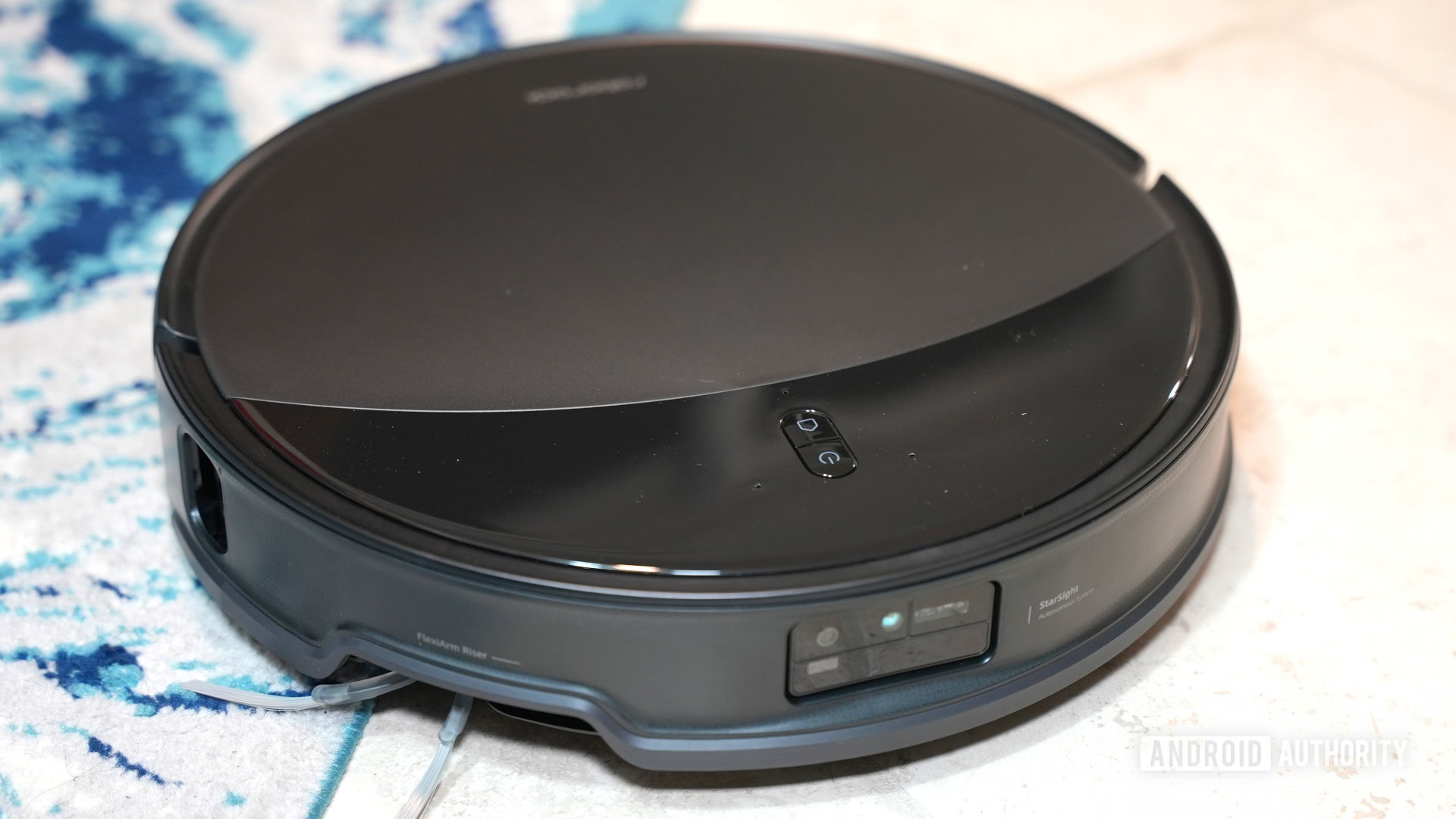
Jonathan Feist / Android Authority
Let’s get the confusing part out of the way first. With advancements in almost every aspect of their build, I see why Roborock is all-in on the new Saros line, which appears to have overthrown the Roborock S series as the brand’s top-tier range. Product lines such as the mid-range Qrevo series and the existing S series may persist, but Roborock is pretty clear you should look for Saros for the top-tier products.
While the first Saros vacuums prove to be some of Roborock’s very best at cleaning, my initial expectation from all of the marketing is that the Saros line will focus on automation and elegance. The base station for the $1,599 Saros 10R has a classy mirrored finish, the bot itself is sleeker than a lot of the competition, and it offers a streamlined experience. They mark a bit of a change from Roborock’s existing lines, which focus more on utility; offering more buttons and controls, while the Saros line offers the best in automation and ease of use.
Having experienced the excellent 10R model, I see why Roborock is all-in on the new Saros line.
For some context for the wider Saros family, the Saros 10R is the same unit as the Roborock Saros Z70 (launching later this year, pricing TBC) — the robot that made waves at CES 2025 because of its robotic arm that can pick up socks and other mess and move them out of the way. The Saros 10R doesn’t have that, but Roborock has told me that’s the only difference. The Saros 10 (available for $1,399), meanwhile, has the same slimline design and dimensions, but does include a LiDAR turret, though it can retract so it has the same height as the Saros 10R. The Saros 10R also gains the dual-mop design of the 2024 Qrevo series while the Saros 10 sticks with Roborock’s usual VibraRise system. All three Saros bots have the AdaptiLift Chassis that was introduced with the Qrevo Curv so each can clear 4cm obstacles or mid-to-high pile carpets.
Put simply, the Roborock Saros 10R is the best vac Roborock makes… that doesn’t have a fancy robot arm.
Why I like the Saros 10R
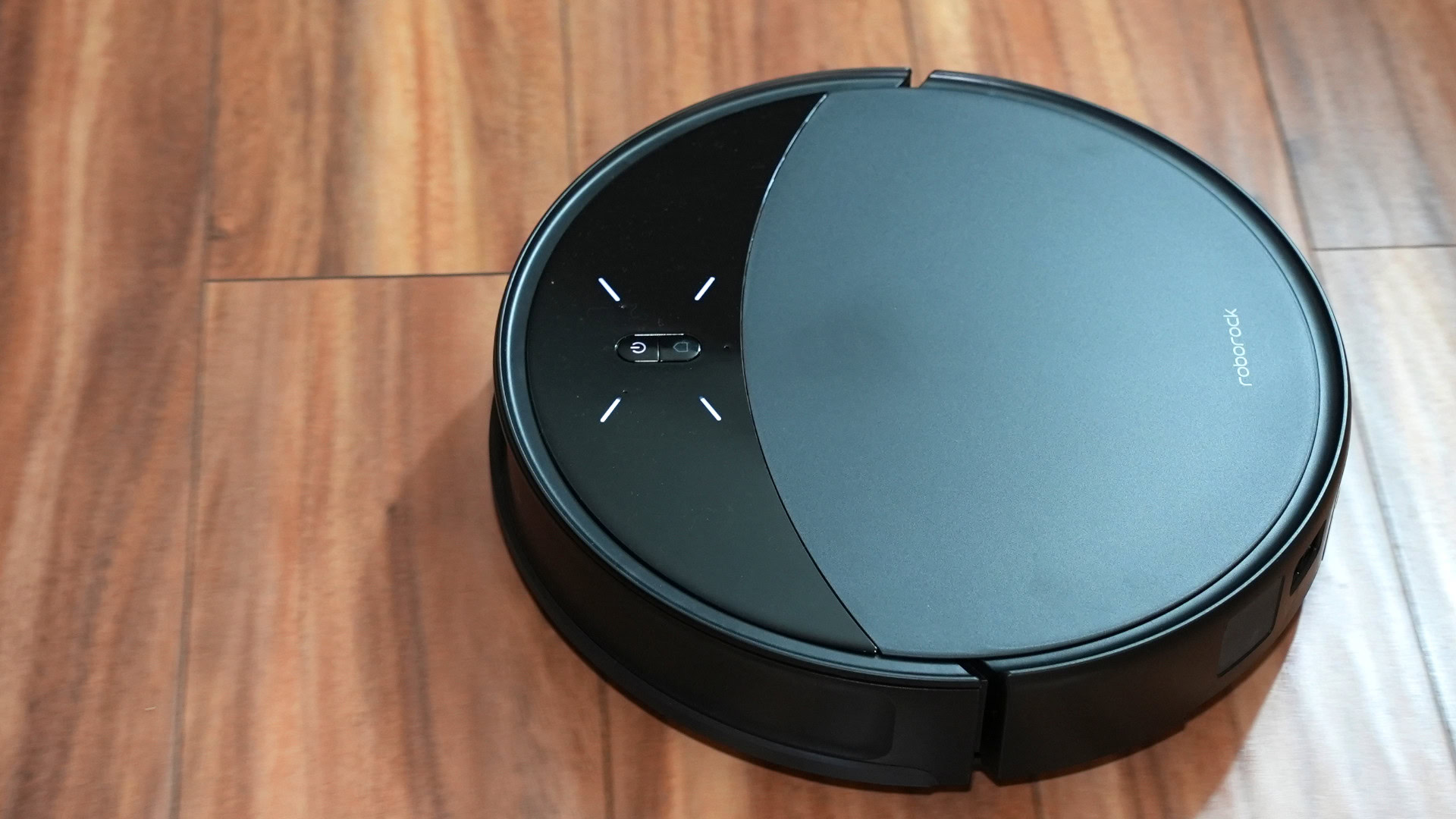
Jonathan Feist / Android Authority
Plainly put, the Saros 10R instantly competes for my pick for the very best robot vacuum on the market. For the one month of testing I’ve put it through, (including leaving it running while I was away at CES for the official unveiling), the Saros 10R has been very reliable.
From the initial mapping, all the way through the obstacles of the holiday season, boxes of merch and stuff for CES, and more, the Saros 10R has not complained about the constantly changing landscape that has been my floors. The StarSight navigation system has been nearly perfect. There are no hair tangles, and the bot handled things like the remnants of present wrappings without issue. The unique dual-roller system designed to prevent said tangles has worked very well and has proven just as effective as rival solutions that use blades to cut hair instead.
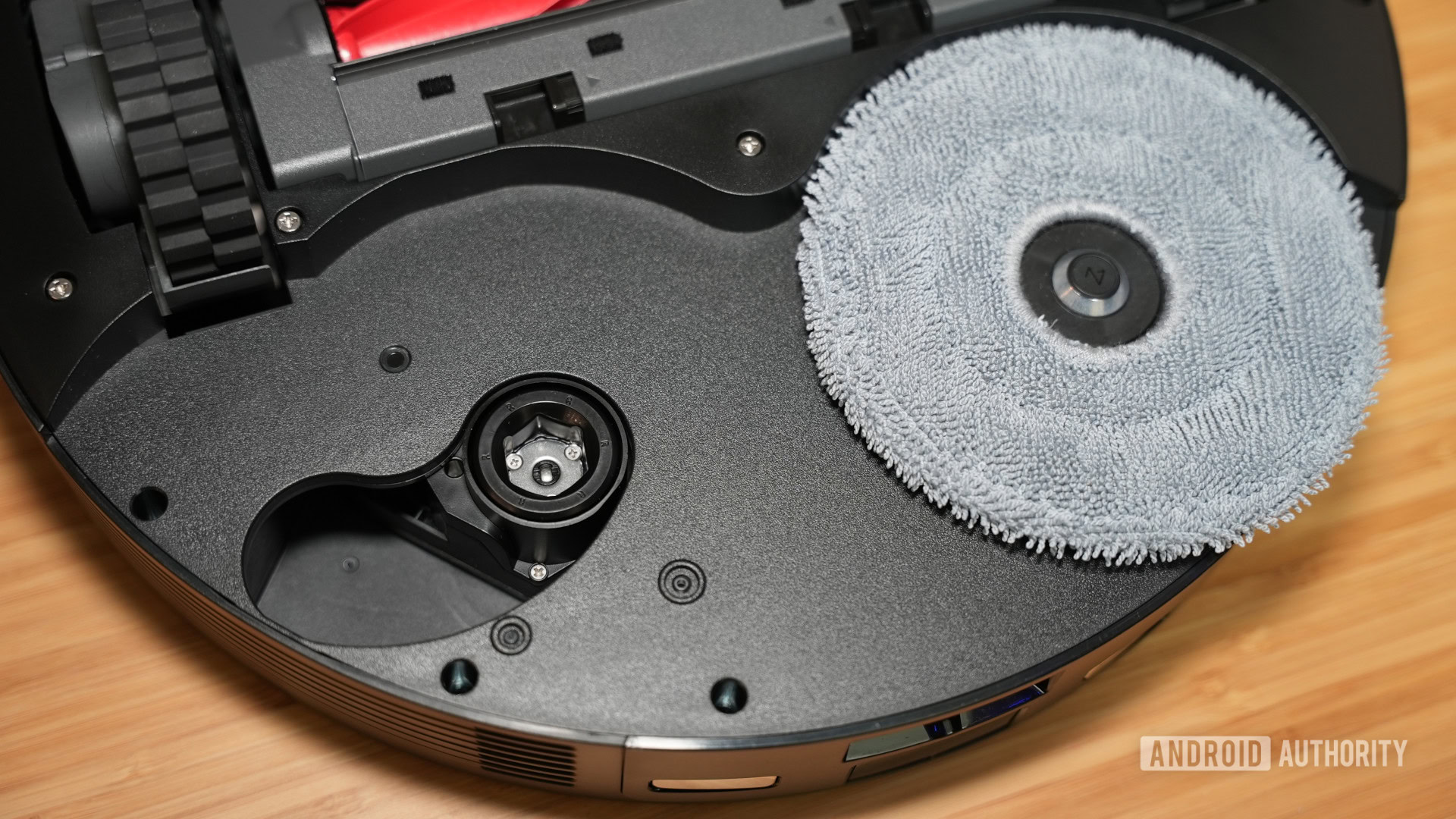
Jonathan Feist / Android Authority
Operational volumes are pleasant enough that I had no issue running this bot during working hours. I wouldn’t want it circling my chair while I’m in a meeting, but it didn’t overly disrupt the music in my headphones while writing this review.
Under scrutiny, the Saros 10R handled all of the obstacles I threw at it. It recognized angled furniture legs that older bots would have bumped into, it identified cables on the floor, and it accurately vacuumed and mopped the things it should vacuum and mop. The thinness of the design also means it is on the short list of bots that successfully get between my chair legs to clean under my kitchen table.
The Roborock Saros 10R’s mop management excels in every category.
There are two major features that make the Saros 10R stand out for me. First, both the sweeping brush and the mop head are on little arms that move out to the side when needed to get to the wall or into corners. Second, not only do the mop heads lift out of the way when vacuuming, they automatically pop off and stay at the base station if your entire operation is to vacuum. I really like that if you’re not mopping, the mop heads stay behind and avoid dragging around excess dirt.
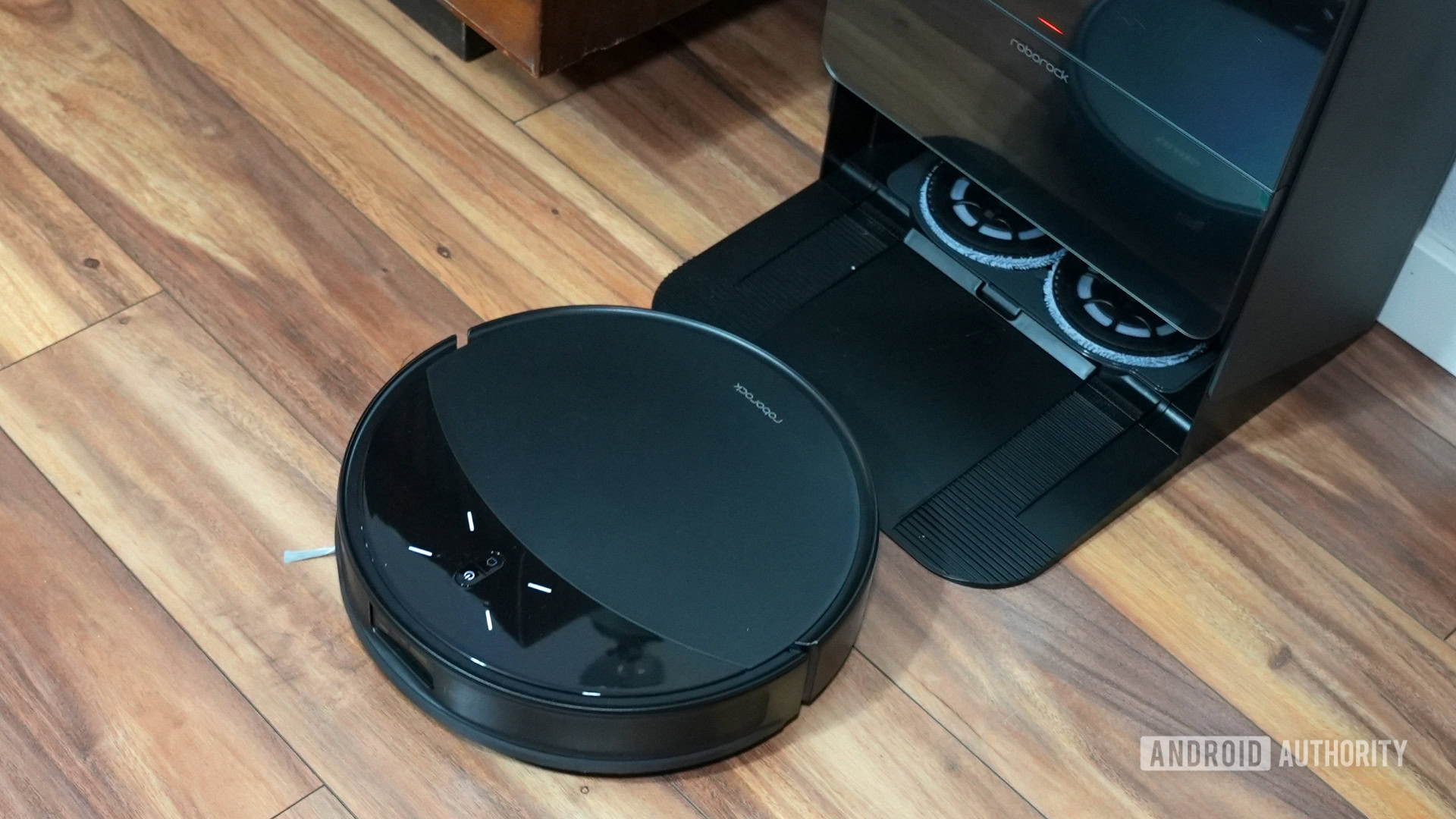
Jonathan Feist / Android Authority
I’m happy to see the improved threshold clearance of 4cm with the FlexiLift raising wheels is handy, and the increased maximum suction power in the 20,000 Pa range isn’t the strongest on the market, but it proved enough during my tests. I should also mention the extending legs for the mop and side brush, which are great features that have seriously stepped up the edge and corner cleaning in my space.
I also really like the patrol and manual navigation modes. For those that don’t know me well, I like drones (I’ve flown a lot of them), and the ability to control the Saros 10R like a drone, moving a controllable camera into any accessible section of my home, is just plain fun. It’s designed for practical purposes, things like home security and checking in on your pets, but I just drive around for fun.
Is there anything to dislike?
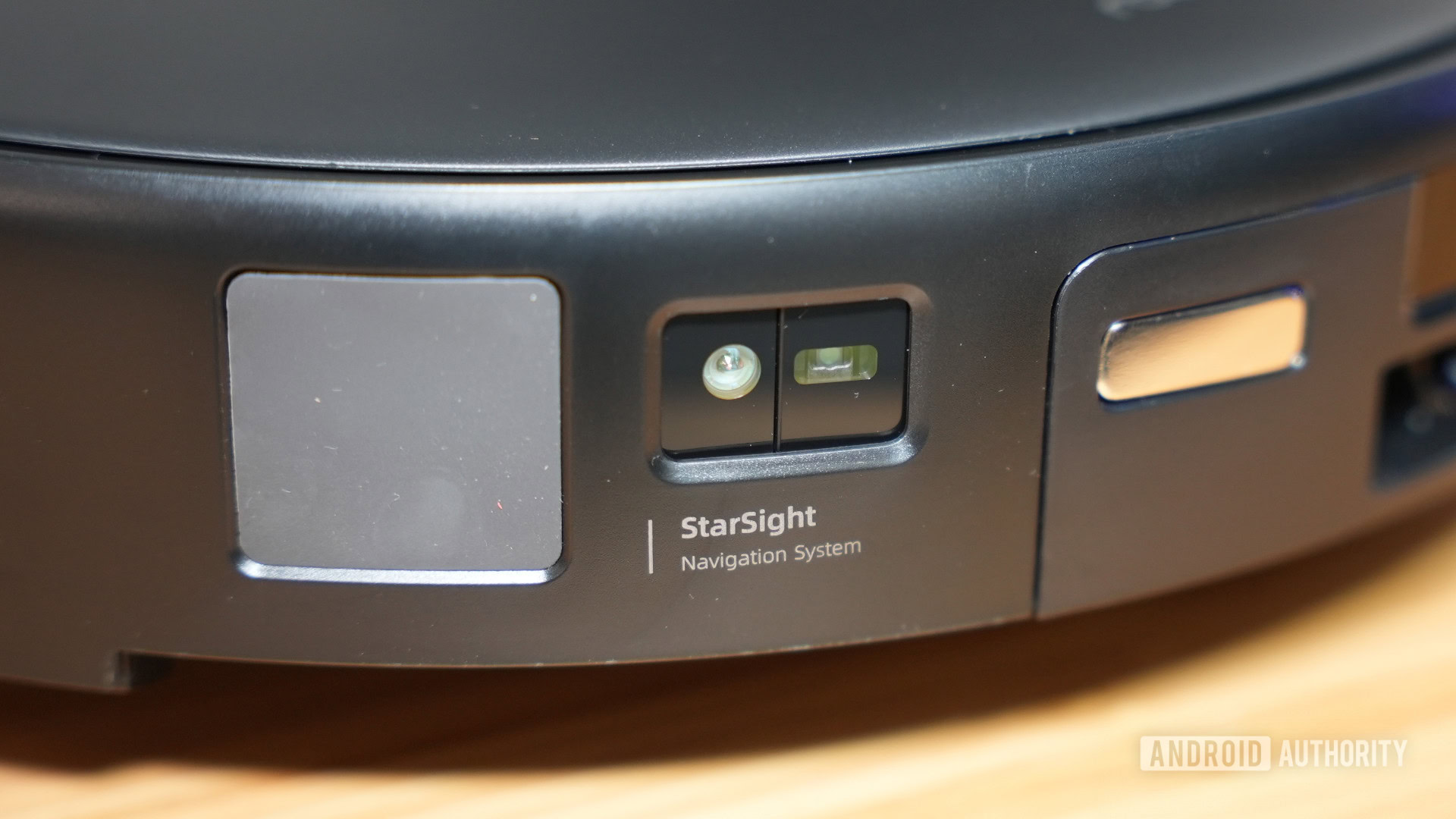
Jonathan Feist / Android Authority
Not really!
I thought I would dislike the outright removal of 360-degree LiDAR coverage with the removal of the turret, but the StarSight system and the new VertiBeam Lateral Obstacle Avoidance technology are doing better than most LiDAR bots in terms of mapping and navigation. Its removal also means it is the only active vacuum in the house that can get under my table.
The lack of a LiDAR turret puts the Saros 10R into an elite class of bots for furniture navigation.
While the Roborock app has been around for a while, and is used for practically every Roborock vacuum, I learned to appreciate it with the Saros 10R. The intuitive app makes it simple to map, remap, make schedules, and identify specific areas of the house for cleaning and no-go zones.
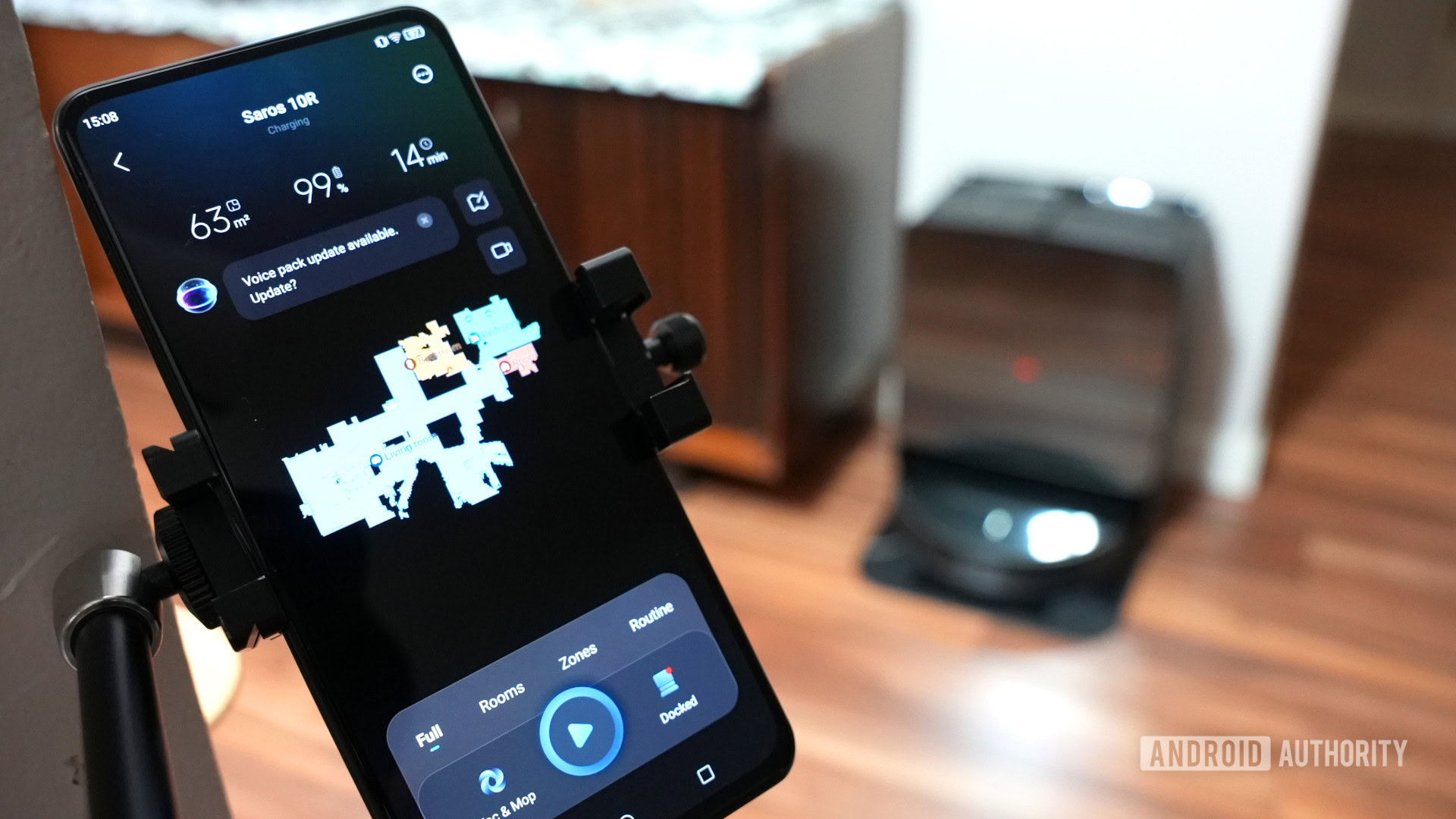
Jonathan Feist / Android Authority
The only small issue I encountered was the bot becoming a little too over-ambitious with its FlexiLift feature and it lost its perfect navigation record because of it. During one clean cycle, I left the door open between my kitchen and garage, which has a large threshold, and then a couple steps down into the garage. The bot prepared itself to get over the threshold, launched head-long toward the edge, but was not able to identify the cliff until it was over the crest.
It did stop before actually tumbling, but it was not able to back over the threshold, it ended up falling down the step. No damage done, but I had to rescue the bot and keep the door closed. It seems the threshold navigation does not check for cliffs on the far side before it commits to the route, or at least didn’t in this case. That sounds like an easy fix that I’m sure Roborock will look into right away as the brand’s long-term support is typically excellent.
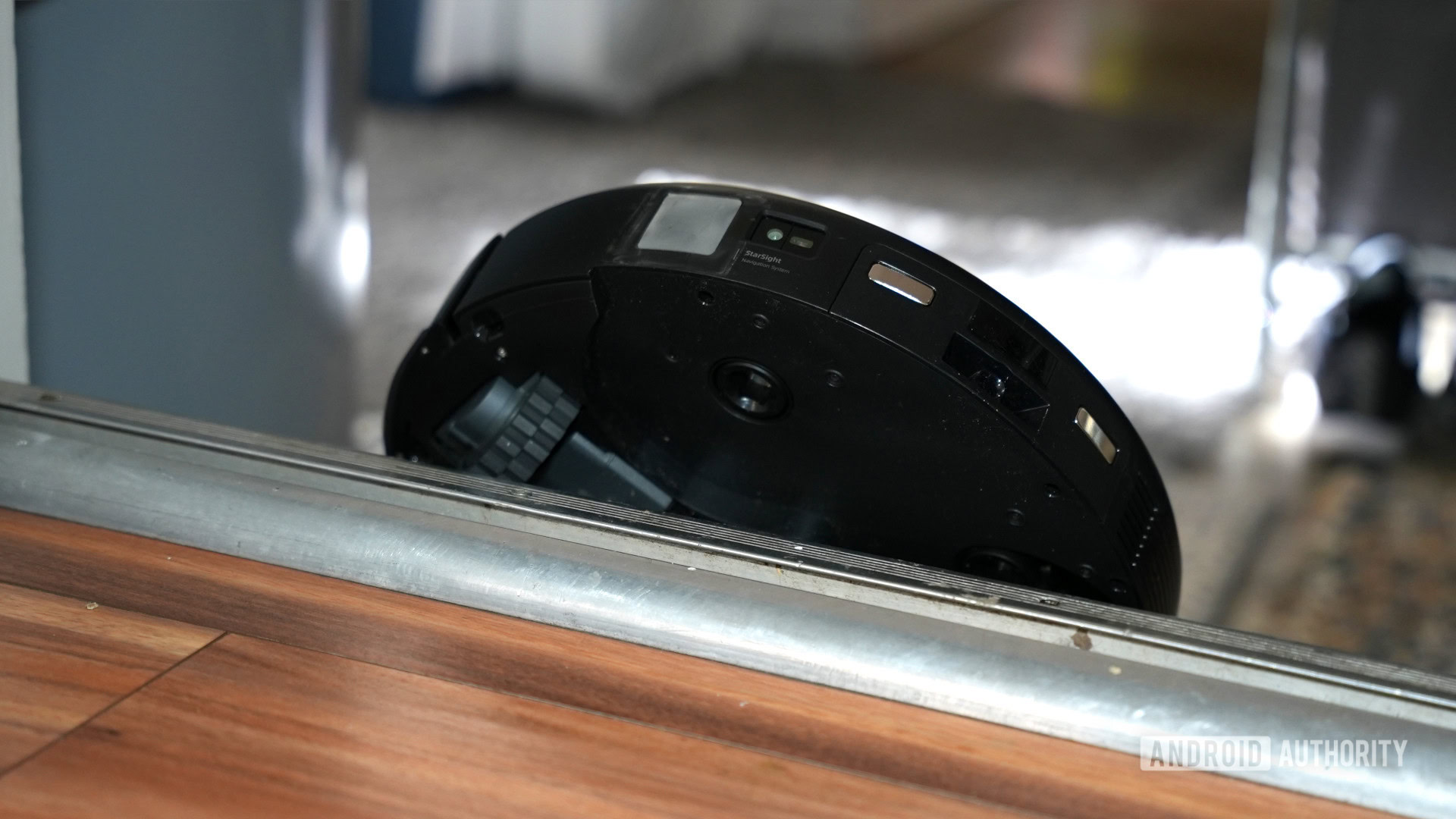
Jonathan Feist / Android Authority
The improved obstacle avoidance is also sometimes too good, and can occasionally result in things not getting cleaned. Several of my area rugs have a prominent binding around the edge that is a darker color than the rugs themselves. I believe the VertiBeam obstacle avoidance is identifying the edge as a cable. As the bot refuses to run over cables, it never pops up onto the rug to clean. At least the initial mapping did identify the rugs, so this also sounds like a software update will fix it.
Functions | ✔ Sweeps |
Roborock Saros 10R review verdict: Roborock’s best yet
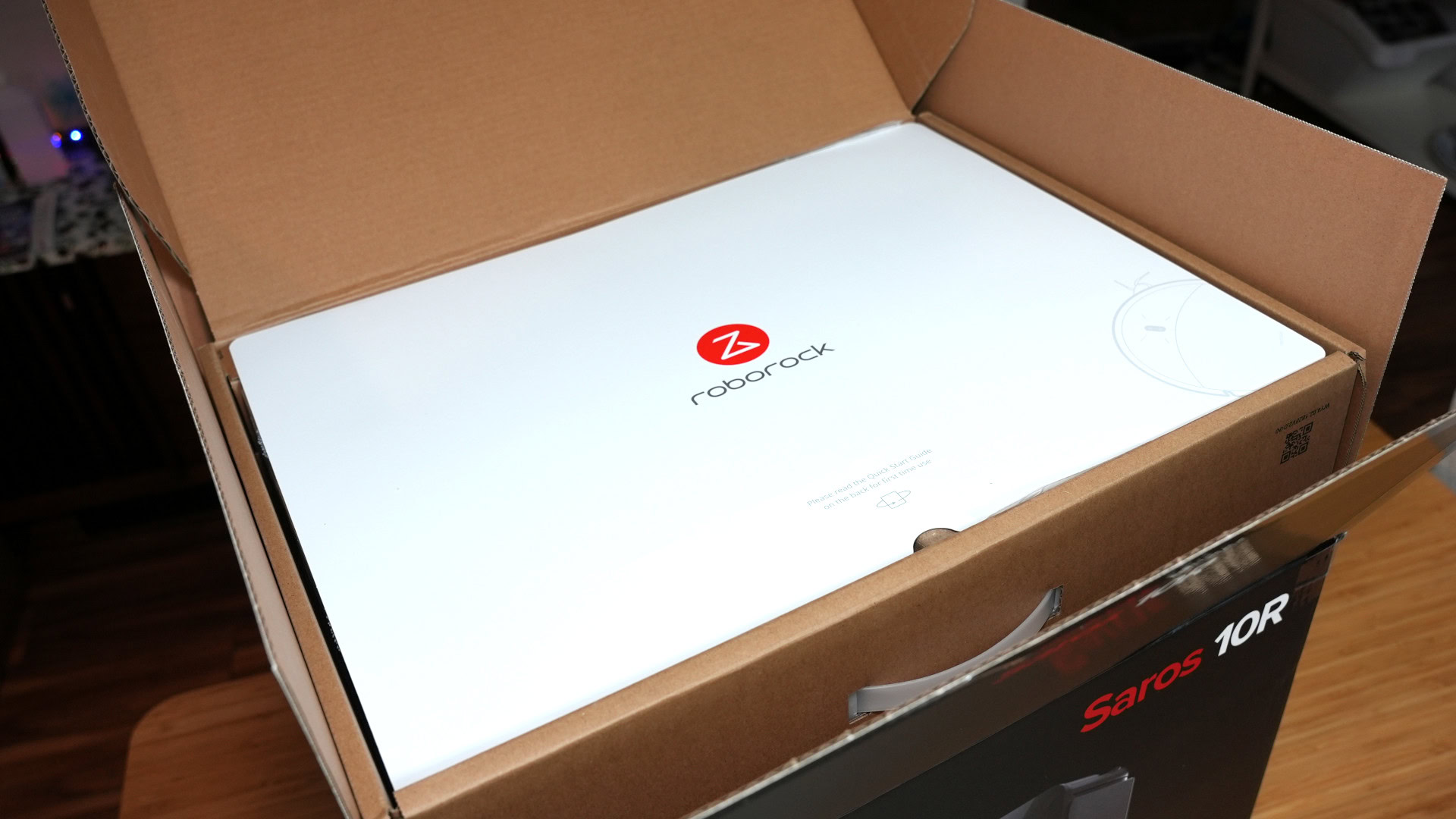
Jonathan Feist / Android Authority
The Roborock Saros 10R is one of the best robot vacuums I’ve ever tested. It’s the best at navigating safely and a top-five contender for noise levels, ease of use, and overall cleaning capabilities. I would easily recommend this bot to my friends if they’ve got the cash to spend.
That said, Roborock has put itself in a tough place with the Saros 10R. Up front, this is a superb robot vacuum that will be a fine addition to any home. However, Roborock has also already announced the Saros Z70, which is the same robot vacuum with the addition of a robotic arm that can lift things like toys, trash, and shoes to move them out of the way before cleaning. There’s a $400 price increase if you really want that robot arm, though, and the Saros 10R already starts as one of the most expensive bots I’ve tested, launching at $1599.99. Whether or not you’re willing to wait and spend that additional $400 depends on your budget.
Looking at the competition, the Saros 10R cleans very nearly as well as the Narwal Freo Z Ultra ($1499.99 at Amazon), which is still my top pick for my home. But the Saros 10R does do a better job at cleaning than my Narwal Freo X Ultra ($999.99 at Amazon); both of the Narwal units can often be purchased for under $1,000, sometimes as low as half the price of the Roborock.
Worthy competition comes in the Saros line again with the aforementioned Saros 10 ($1399.99 at Manufacturer site). This model has the retractable LiDAR turret and some older Roborock tech, but is slightly cheaper at MSRP.
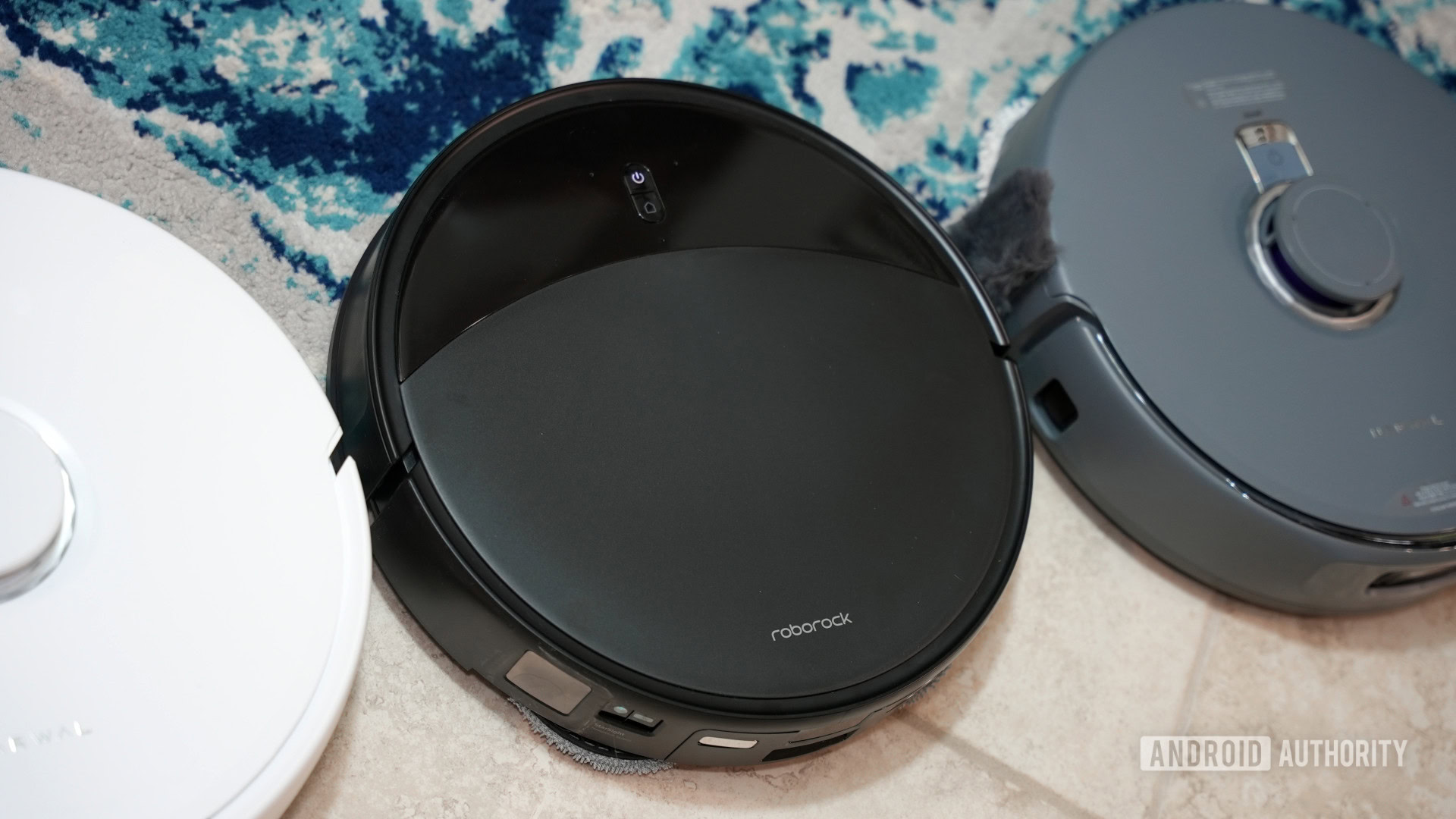
Jonathan Feist / Android Authority
I’m also patiently waiting to get my hands on the Eureka J15 Max Ultra ($1299 at Amazon), which was similarly showered with awards at CES 2025. With improved suction power, navigation advancements, and edge cleaning capabilities, the Eureka bot should be stern competition when it becomes available in a few months.
If you are not prepared to spend over fifteen hundred dollars on a robot vacuum, older or more affordable bots are worth looking at, such as the Roborock Qrevo Curv ($1599.99 at Amazon) or the previous flagship, the Roborock S8 MaxV Ultra ($1799.99 at Amazon).
The Roborock Saros 10R goes on sale on February 10, 2025.
Roborock Saros 10R


Roborock Saros 10R
Quick, quiet, efficient • High threshold clearance • No-tangle design
Slim and stylish
The Roborock Saros 10R packs nearly every bell and whistle you could want in a robot vacuum, and is one of the very best floor-cleaning machines on the market in early 2025.
Yes, the Roborock Saros 10R has a LED headlight, and its sensors can see in the dark.
Yes, the Roborock Saros 10R has LiDAR, but instead of the traditional LiDAR turret, it uses stationary sensors in the bot. Roborock has created the StarSight Automomous System 2.0 and new VertiBeam Lateral Obstacle Avoidance systems that use cameras, ToF sensors, and AI to map and navigate your home. This 3D sensing has over 21,600 sensor points, and is already trained on over 100 objects to decide if it should clean or avoid the space. In our testing, this system is just as good, if not better than, the typical LiDAR bots we’ve tested.
What’s your reaction?
Love0
Sad0
Happy0
Sleepy0
Angry0
Dead0
Wink0
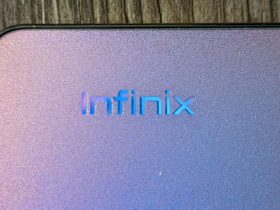


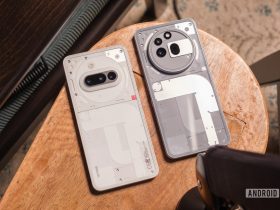
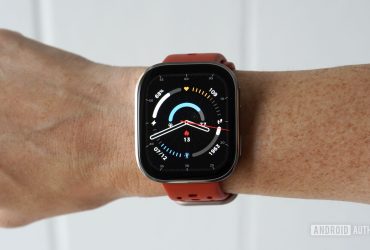
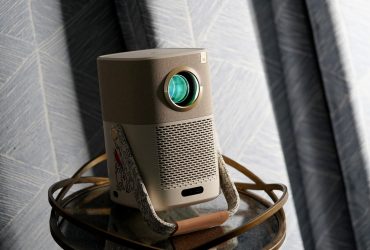
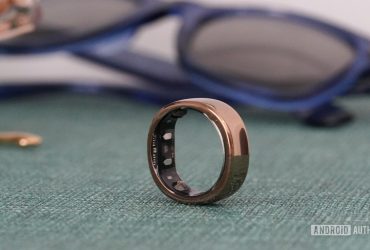

Leave a Reply
View Comments